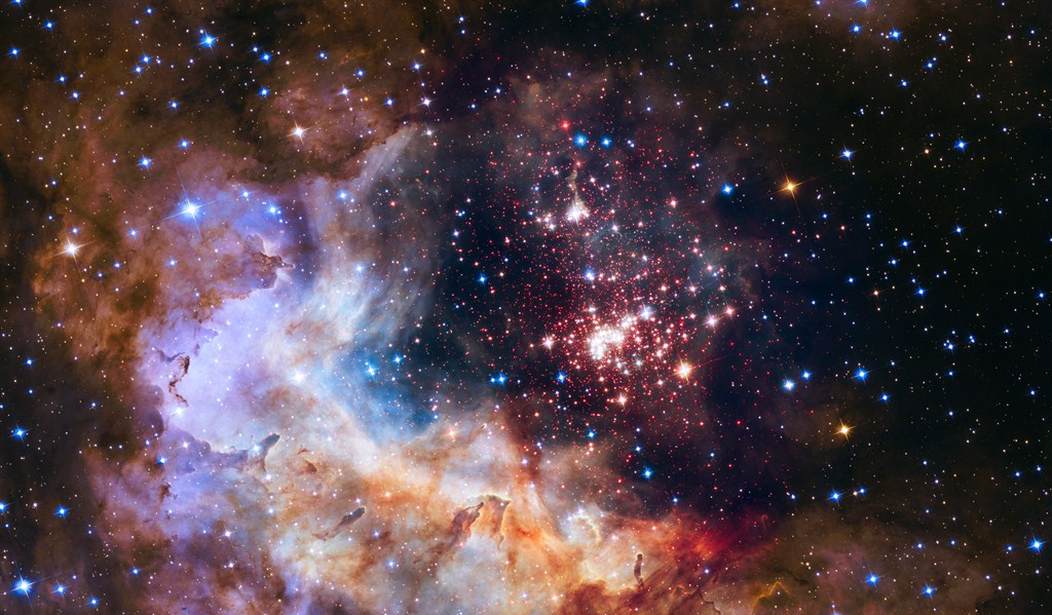Millions of Americans had the rare opportunity to view a total eclipse in April, but that’s not the only spectacle in the sky that will stun this year.
According to NASA, a nova event is poised to occur this summer that will be so bright people around the world will be able to see it with the naked eye.
“It’s a once-in-a-lifetime event that will create a lot of new astronomers out there, giving young people a cosmic event they can observe for themselves, ask their own questions, and collect their own data,” said Dr. Rebekah Hounsell, an assistant research scientist specializing in nova events at NASA’s Goddard Space Flight Center. “It’ll fuel the next generation of scientists.”
T Coronae Borealis, dubbed the “Blaze Star” and known to astronomers simply as “T CrB,” is a binary system nestled in the Northern Crown some 3,000 light-years from Earth. The system is comprised of a white dwarf – an Earth-sized remnant of a dead star with a mass comparable to that of our Sun – and an ancient red giant slowly being stripped of hydrogen by the relentless gravitational pull of its hungry neighbor.
The hydrogen from the red giant accretes on the surface of the white dwarf, causing a buildup of pressure and heat. Eventually, it triggers a thermonuclear explosion big enough to blast away that accreted material. For T CrB, that event appears to reoccur, on average, every 80 years.
Don’t confuse a nova with a supernova, a final, titanic explosion that destroys some dying stars, Hounsell said. In a nova event, the dwarf star remains intact, sending the accumulated material hurtling into space in a blinding flash. The cycle typically repeats itself over time, a process which can carry on for tens or hundreds of thousands of years. (NASA)
Recommended
“There are a few recurrent novae with very short cycles, but typically, we don’t often see a repeated outburst in a human lifetime, and rarely one so relatively close to our own system,” Hounsell said. “It’s incredibly exciting to have this front-row seat.”
🌌 Around the world, professional and amateur astronomers are closely watching T Coronae Borealis – a binary system ~3,000 light-years from Earth – waiting for an impending nova event so bright it will be visible on Earth with the naked eye.
— NASA Marshall (@NASA_Marshall) June 6, 2024
MORE HERE >> https://t.co/HgONmjpy9B pic.twitter.com/L54ZDFmFWA
If the outburst does occur as scientists are predicting, the spectacle will be visible for just under a week























Join the conversation as a VIP Member